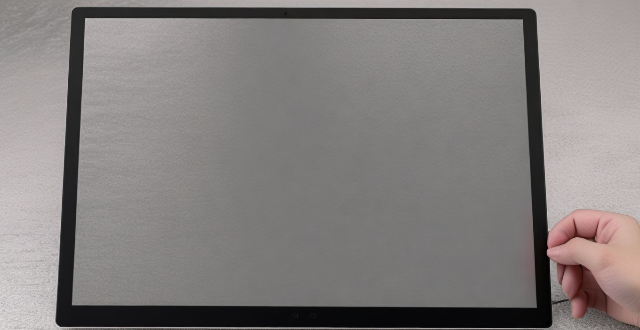An iPhone screen protector is a thin layer of material that is applied to the surface of an iPhone's display. It can prevent minor scratches and cracks, but it cannot prevent all damage. A high-quality screen protector can effectively prevent minor scratches from occurring on the surface of the iPhone's display. While a screen protector can help to prevent minor cracks caused by small drops or bumps, it may not be able to prevent more severe damage resulting from larger impacts or falls onto hard surfaces. Even the best screen protectors have their limitations and are not designed to withstand extreme force or repeated impacts. To maximize the lifespan of your iPhone's display, it is recommended to use a high-quality screen protector in conjunction with a protective case and to handle your device with care.

Will an iPhone Screen Protector Prevent All Scratches and Cracks?
Introduction
An iPhone screen protector is a thin layer of material that is applied to the surface of an iPhone's display. The primary purpose of a screen protector is to provide an additional layer of protection against scratches, cracks, and other types of damage that can occur when using the device. However, it is important to understand that while screen protectors can offer significant protection, they are not infallible and cannot prevent all scratches and cracks.
Key Points
- Scratch Protection: A high-quality screen protector can effectively prevent minor scratches from occurring on the surface of the iPhone's display. This is because the screen protector acts as a sacrificial layer, absorbing the impact of any sharp objects that come into contact with the screen.
- Crack Prevention: While a screen protector can help to prevent minor cracks caused by small drops or bumps, it may not be able to prevent more severe damage resulting from larger impacts or falls onto hard surfaces. In such cases, the screen protector may crack or shatter, but it will still provide some level of protection to the underlying display.
- Limitations: It is important to note that even the best screen protectors have their limitations. They are not designed to withstand extreme force or repeated impacts, and they may not be able to prevent damage caused by certain types of objects, such as keys or coins being pressed against the screen with excessive force.
Conclusion
In conclusion, an iPhone screen protector can significantly reduce the likelihood of scratches and minor cracks occurring on your device's display. However, it is essential to understand that no screen protector can offer 100% protection against all types of damage. To maximize the lifespan of your iPhone's display, it is recommended to use a high-quality screen protector in conjunction with a protective case and to handle your device with care.